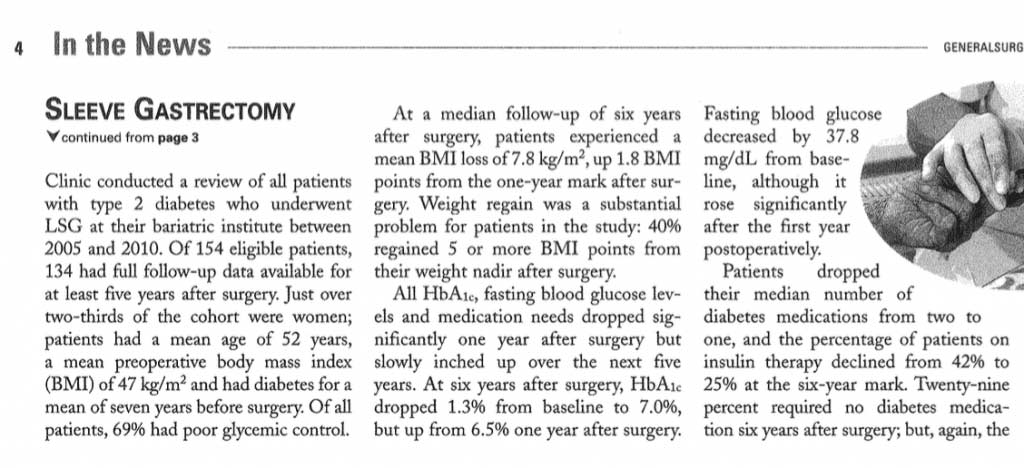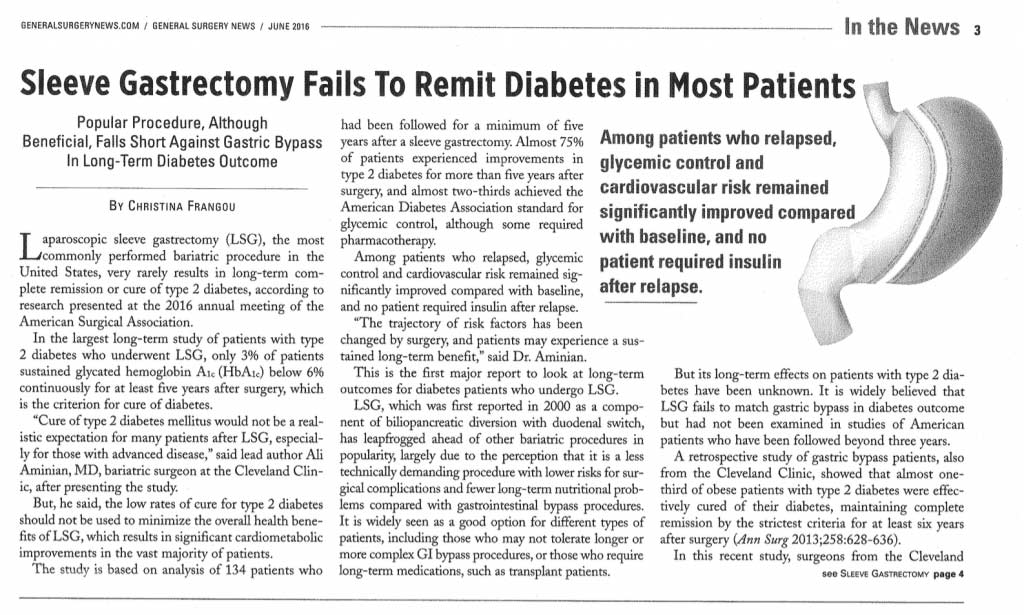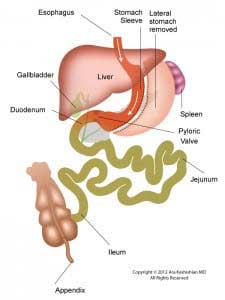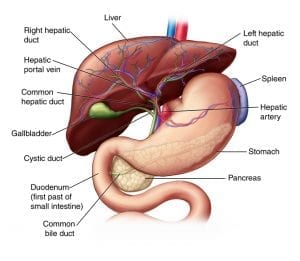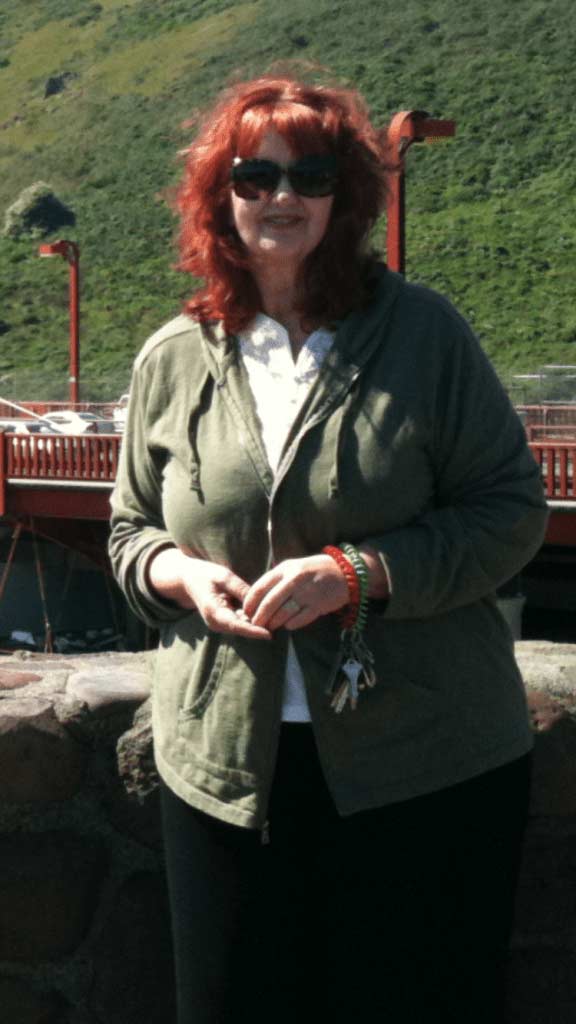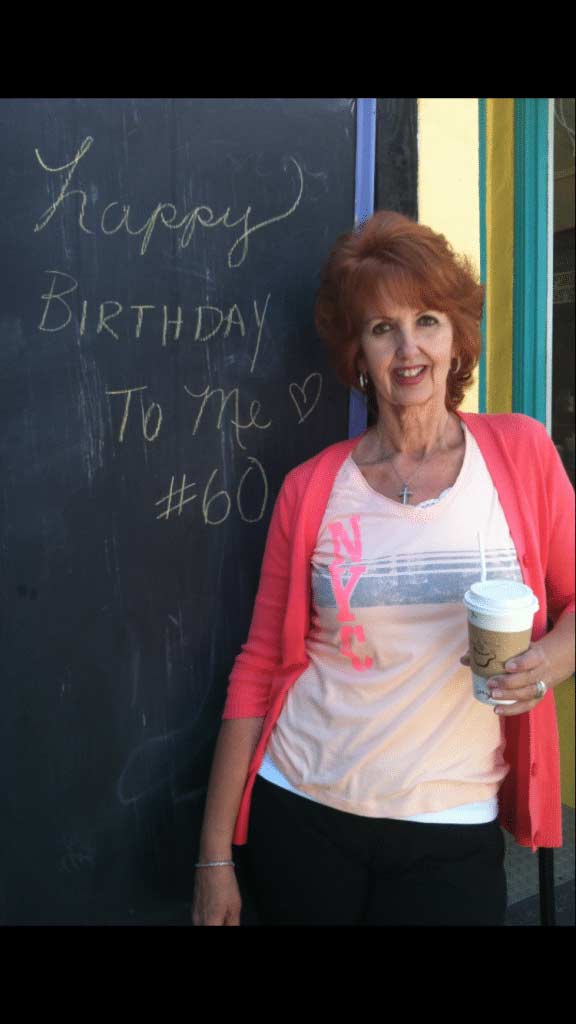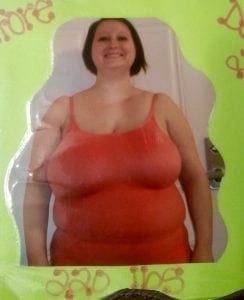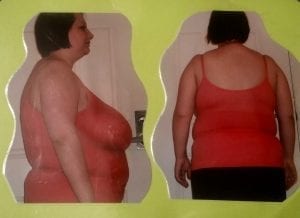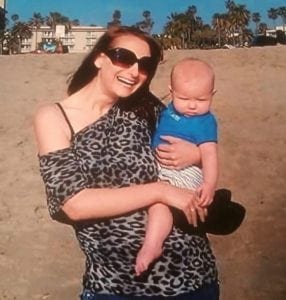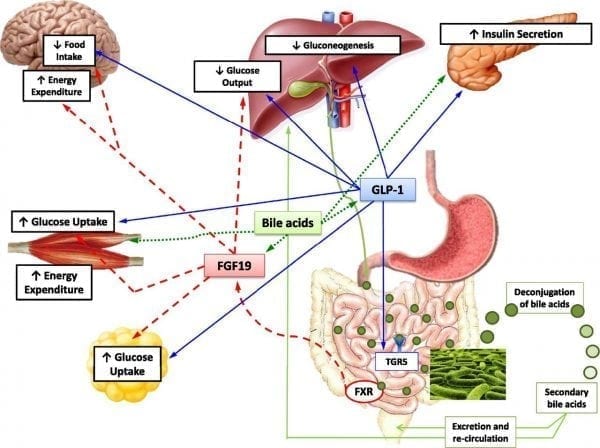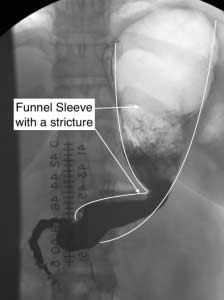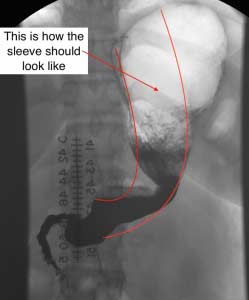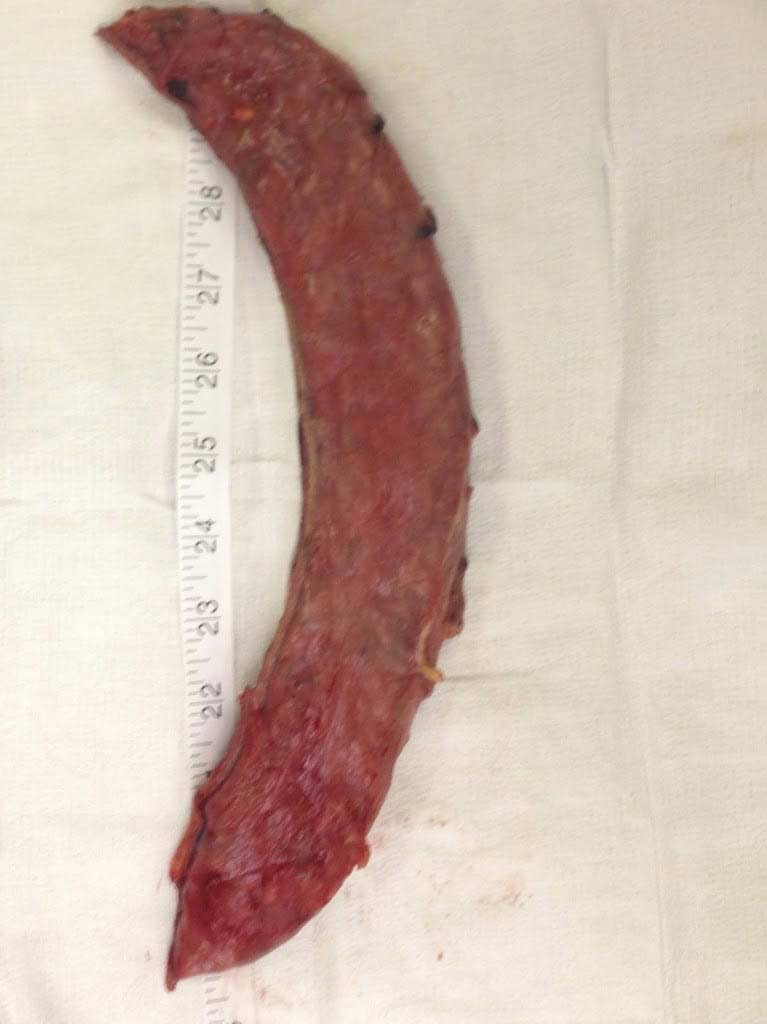Category: Duodenal Switch
Less Invasive, Easier?
July 20, 2016 11:02 am
There is a continuous desire for a “less invasive”, “easier” procedure for the treatment of obesity and its associated co-morbidities. We have been very clear when discussing the benefits and long term outcome of the procedures. Let’s remind ourselves that “less invasive” does not mean a better option. In almost all cases a less invasive weight loss surgery means less weight loss, lower incidence of resolution of co-morbidities, and in some cases higher complications rate. Have we forgotten the adjustable gastric banding that was advocated to be the cure all for all obesity? All we hear now are the complications, the long term sequel of the reflux, hiatal hernia, irreversible esophageal injury, in addition to inadequate weight loss or weight regain.
Unfortunately, the same is to be said about the Sleeve Gastrectomy. We have said, as supported by the scientific literature, that the long term outcome of the sleeve gastrectomy is not as good as that of the Duodenal Switch procedure. This is true for the amount of weight loss as well as the resolution of the co-morbidities. We see quite a few patients who have gained their weight back after sleeve, never lost enough weight, and/or did not achieve resolution of their co-morbidities, such as diabetes, and are having their procedure revised to Duodenal Switch procedure.
Here is a recent publication that discusses this.
Along with the same argument, this is why I caution patients when having the SIPS or SADI procedures. There is a chance that when the long term data for SIPS/SADI is available there may be some benefits procedure. However, as it stands at this point in time, these procedures are not the same as the Duodenal Switch procedure. So in short, less invasive, easier isn’t better.
Is Weight Loss Important Before Weight loss Surgery?
June 21, 2016 7:52 am
The question of “Is a pre operative diet and weight loss important?” No. This is the short answer. In a previous blog, “Weight Loss Before Weight Loss Surgery?” I have gone into further detail about why I don’t require a pre operative diet and weight loss program.
More recently there has been a concerted effort by a number of major health plans to require 3-6 months documented pre operative diet attempt prior to authorization for weight loss surgery. Furthermore, there are surgeons who would mandate a 10% weight loss as a precondition for the patient to have a weight loss surgery, laparoscopic sleeve gastrectomy for example. The overwhelming scientific literature fails to support any direct correlation between preoperative weight loss and the outcome of the weight loss surgery.
Some surgeons require preoperative weight loss as a way to reduce the size of the liver. I’ve personally have never met a liver I couldn’t work around unless it was severely diseased.
There is some literature to support this position. However, one has to critically look at all the studies. Almost all the studies have very specific population and procedures that are being looked at. Most often the recommendations had been made for adjustable gastric banding procedures. There are also some that are recommending the same for Lap Sleeve cases only siting the reduction of the liver size as a reason for the Very Low Energy Diet as a precondition to surgery. It is, however, important to remind ourselves that there is no long term studies whatsoever that show any relationship between the preoperative weight loss and the outcome of any weight loss surgery.
Shared Success Story Update- Cyndi RNY to Duodenal Switch
June 06, 2016 6:37 am
Three Years Out Cyndi E … RNY to Duodenal Switch Revision
The Journey to get to the three year mark, has been amazing! And truly, The JOY is in the JOURNEY.
I am a JOYFUL “Third Time’s the Charm Revisionista”…. This is my new title…. And I say this proudly!!
For too many years (like 45! at least) I carried the shame and blame of being overweight and beat myself up on the inside. I tried everything, from age 13. I tried every diet, every program, and yes, I will say it, I have had THREE, yes THREE surgeries. And then, I let others convince me, and I bought into this, that I was a failure… BUT, I am not a failure. Surgery fails. For a long time, I could not say that, again with the SHAME word. BUT, I am done with shame, and I am done with blame. I no longer blame myself and I no longer shame myself or my body, because now, she and I, my body and I, are friends, and we are nice to each other.
Thankfully for me, I was in the right place at the right time, and met Dr. Ara Keshishian… My story with Dr. Keshishian, is simple. Dr. K was the first Doctor that did not blame me for my weight. He explained that each weight loss surgery has different measures of success, and percentages by weight loss surgery and outcomes. He educated me. He did not blame or shame me, he encouraged me. He also did an Endoscopy and found that I has a Gastro-Gastric Fistula. Simply put, this was an abnormal connection between the bypassed stomach and the small pouch created by the RNY Gastric Bypass surgery. Food could travel two ways, thus rendering the Gastric Bypass ineffective causing weight gain.
Dr. Keshishian performed my revision from RNY to Duodenal Switch on May 31, 2013. The procedure corrected my anatomy, enabling me to lose weight and regain my health. I have no complications, no issues post surgery.
Today, being a “Three Year Old” RNY to Duodenal Switch revisionista, I have a better perspective as a relative “newbie”. I am not a prisoner of my weight. I have lost 125-130 pounds, I am 5’12” (6 feet lol) 61 years old and for the first time in my life at a NORMAL WEIGHT! I do not fear, any longer, that I will gain my weight back. I am, however, mindful that I am consistent in my new habits and patterns that I have put in place, that keep me on track. I am also accountable. To myself, also to my Weight Loss Support Group, here in Paso Robles, to some fellow DS girlfriends that
I talk with about challenges, and with Dr. Keshishian. I am not held captive by my limitations, or my weight, and now I live with the possibilities each day brings and the fun challenges I put in front of me to conquer.
To the “newbies” I say, please take your time, treat yourself kindly, with your inner voice. This is not a race, this is a journey. Don’t rush, it’s ok to take it slow, listen to your body. And do not compare your journey to anyone else. You are you! You do you! You can do this well, one day at a time. Listen to the sage advice of those who went before you. We too have learned by trial and error. Be willing to sacrifice in the short term, for the gift of the long term life. Your DS is forgiving, you be forgiving as well!!!
Remember: WATER, PROTEIN, SUPPLEMENTS, EVERYTHING ELSE, EAT CLOSE TO THE DIRT, ELMO DIET
With JOY, Cyndi
Shared Success Story- Heidi
June 02, 2016 7:59 am
My name is Heidi and this is my weight loss journey. I had been struggling with my weight for years and was actively researching different surgical procedures available. I was also trying everything to lose the weight on my own. My wake up call to take action was one night when my husband said, “I’m worried about you and want you around for a long time.” I knew I had to do something. If someone loved me that much I needed to love myself enough to change.
So the very next day I made an appointment with my Primary Care Physician who recommended Dr. Ara Keshishian. That afternoon I called Dr. Keshishian’ office, scheduled a consultation and began what was about to be one of the greatest journeys of my life. I was approved within a month and ready to go.
In 2012, I had my Duodenal Switch with the great Dr. Keshishian. I was hopeful post op and determined to succeed. I knew with my husband’s and family’s love and support I could do it. I wanted to lose the weight for me, my husband and our future children so they had the healthy, happy mom they deserved. My Surgery weight was 220 ( Started at 230) I reached my goal at 10 months post op at 125lbs. Since having my DS I have had 1 (almost 2) amazing son’s. Duodenal Switch made this possible. I have my older son and I am currently 8 months pregnant with my 2nd son. Duodenal Switch did not just allow me to lose the weight that kept me from living life but it allowed me to get healthy and live life to the fullest. I am grateful everyday for my DS, my amazing husband, my boys, and Dr. Keshishian.
I am simply blessed. Would I do it again? In a heart beat.
Starting weight- 230
Surgery weight- 220
Goal Weight- 125
Current-130
Weight loss Surgery for Treatment of Diabetes
May 25, 2016 7:21 am
New guidelines and recommendation are coming out of the second Diabetes Surgery Summit in the Fall of 2015. One major change is Metabolic or Weight Loss Surgery for the treatment of Diabetes. With all the advances made in newer classes of medication for treatment of diabetes, the majority of patients who are being treated fail to get to achieve the desired results of lowered blood glucose level. This is in contrast where weight loss surgical procedures such as Duodenal Switch can results in >95% cure rate of type II diabetes.
The American Diabetes Association has made the recommendation for weight loss surgical procedures be considered as a treatment option for type II diabetes.
Summarizing their criteria “According to the new Guidelines, metabolic surgery should be recommended to treat type 2 diabetes in patients with Class III obesity (BMI greater than or equal to 40 kg/m2), as well as in those with Class II obesity (BMI between 35 and 39.9 kg/m2) when hyperglycemia is inadequately controlled by lifestyle and medical therapy. It should also be considered for patients with type 2 diabetes who have a BMI between 30 and 34.9 kg/m2 if hyperglycemia is inadequately controlled, the authors agreed. The Consensus S
tatement also recognizes that BMI thresholds in Asian patients, who develop type 2 diabetes at lower BMI than other populations, should be lowered 2.5 kg/m2 for each of these categories. ”
This is a remarkable change in thought and policy on diabetic treatment and long term strategies that can only improve patient outcomes. Stabilization and blood glucose hemostasis can only improve patient health, health care utilization and health care costs.
Inadequate Weight loss and Weight Regain
May 24, 2016 7:56 am
There were numerous causes for the inadequate weight loss and or weight regain after weight loss surgery.
These factors may include:
1-Type of the surgery: Duodenal Switch, RNY, Adjustable Gastric Banding, Intragastric Balloon, etc.
2-Patients metabolic state (age, activity level, hormones state etc)
3-Co-morbidities
4-Patient compliance
5-Other
Each and every one of these may be an independent factor or may be a contributing cause.
In our experience, patients non-compliance is not as common as others believe. Frequently, we see patients in our office where they have been told that the poor outcome of the surgery is “their fault”
We see this with RNY, and Band patients as well as some of the duodenal switch patients who are seeking advice for weight regain or inadequate weight loss.
I would like to talk about the issues of inadequate weight loss or regain post Duodenal Switch specifically. Duodenal switch operation as described by Dr. Hess, outlined the division of the small bowel lengths to be proportional to each and every patients own total bowel lengths. This meant that two patients with the same BMI and weight will end up with two different lengths for common and alimentary limbs if there total length of the bowel is different. Unfortunately, too often patients are given a “standard” or “set” ( not clear what that word means, since there is no established standard in the literature) length for common channels and alimentary channels regardless of the total small bowel length. In some patients, those lengths may result in acceptable weight loss. However, quite frequently a patient with a preselected length for the common and alimentary limbs will end up either loosing too much weight and have nutritional problems or not loose adequate weight. As with all practices, we have over the years had patients who have had nutritional deficiencies and excessive weight loss or have had inadequate weight loss. Looking at the raw numbers however, we have had more patient from other practices that have come to us for revisions and corrections of lengths of the bowel lengths from other practices that our own patients have required.
Another level of the confusion is the improper interchanging of the “SIPS and SADI” procedures with the duodenal switch operation. As I have said in the past repeatedly, SIPS and SAID are not the same as the duodenal switch- and attempt to call these different procedures the same is misleading to say the least.
The other category of weight regain or inadequate weight loss includes medications and new health issues. Discussed in a previous blog, there are many medications that can influence weight gain. It is important to work with your health care provider to find medications that have a positive effect on symptoms without added side effects whenever possible.
In summary, weight re-gain or inadequate weight loss can have many facets. However, surgical technique can provide an advantage. Each aspect should be addressed and identified.
Fat, Protein – Post Duodenal Switch Diet
May 23, 2016 6:43 am
Fat and Protein after weight loss surgery…. This is a subject that seems to come up all the time.
What I recommend is “…Water, protein, vitamins, supplements and every thing else….”
Dehydration can cause a lot of problems, stay hydrated.
Weight Loss Surgery (WLS) is a surgically imposed catabolic state (surgical induced starvation). The weight is lost by not allowing enough caloric intake/absorption and forcing the body rely on stored sources of energy, mostly fat mass. The rationale for the high protein intake is to minimize net muscle mass loss during the catabolic state. Low carbs and low fat further push the body into catabolizing the fat mass, and reducing the net loss of protein content. As the fat mass is broken down it will release hormones and other byproducts that the body will eliminate. Hydration is crucial to every bodily function and even more so in the weight loss phase to allow for elimination of some of these byproducts.
The mechanism by which Duodenal Switch works during the weight loss phase is by limiting the caloric intake. Long term Duodenal Switch keeps the weight off due to the malabsorptive component as the caloric intake increases. Protein intake, Vitamin/Mineral supplementation and diligence in surveillance of vitamin/mineral levels is imperative and a life long commitment after WLS.
There are a number of different types of Fatty Acids. Our bodies naturally produce, from other components, all but 2 essential fatty acids: Omega 3 and Omega 6. Most fatty acids require bile salts to be absorbed within the small intestines. Those are the fatty acids that are absorbed to a lesser degree after Duodenal Switch. Medium chained fatty acids do not require bile salts and can be absorbed into the blood stream from the small intestines. Medium chained fatty acids are used for energy as they are processed in the liver. Medium chained fatty acids are actually given to patients with Short Bowel Syndrome to decrease fatty stool and increase their body weight. This is also a possible reason some fats cause DS patients more loose stools and others do not (medium chained fatty acids). Adding fats is a purely individualized process. Each person has a different length of small bowel, alimentary limb, common channel, percentage of excess weight to lose and metabolism. Patient’s tolerance for fat in regards to vitamin/mineral levels, stool consistency and frequency is completely individualized.
Fats and Fatty acids can be divided according to their structure in groups:
A) Saturated Fat (animal fats, butter, lard- solid in room temperature)
B) Unsaturated Fat (liquid in room temperature)
The main focus in the weight loss phase should be hydration, hydration, hydration, protein, low carb, low fat and vitamin/mineral supplementation (page 22). Rest is key in the early post op phase but gradually adding exercise is also important in ensuring the body does not breakdown muscle mass. Adequate intake of protein and use of muscles diminishes the bodies natural response of breaking down muscle mass in a low caloric intake state.
Post Surgical Needs for the first 90 days in order of importance:
This is to allow healing to take place before adding additional stress on the body and surgical sites.
Minimum of 64 ounces of fluids daily
Minimum 80-100 grams of protein daily (protein requirements are based on ideal body weight)
30 gms by 30 days post-op
60 gms by 60 days post-op
90 gms by 90 days post-op
Vitamin/Mineral Supplements
Low carb
Low fat
Rest (early Post-op)
Exercise
Proteins are important, not only for structure (muscle) but for functions. We know that proteins and amino acids are involved in all aspects of our body’s function. This is even more critical during the rapid weight loss phase. Protein needs may increase and change based on health status, pregnancy, surgeries, healing, etc.
When it comes to fat, I do not recommend patients consuming excessive amounts of fat- At the same time I do not recommend patients go on a low fat diet. There is this misconception that since DS is causing fat and fat soluble vitamin malabsorption, then taking more fat (in excessive amounts) can solve the problem of vitamin deficiency. How about the possibility that some patients are causing their own vitamin deficiency by taking large volumes of fat which may results in more frequent bowel movements and decreased vitamin absorption.
It is not to be forgotten that each patient will respond differently with dietary changes after duodenal switch. Some patients may tolerate more and some less fat in their diet. After the initial 90 day post op phase I recommend that patients go slowly in adding new food items by giving it several days before adding another food item. i.e.; add carrots for 3-5 days to see how your body handles it before attempting to add another new item. The above is not the entire weight loss process or education and is only a small portion of the education needed before undergoing any WLS procedure. These recommendation are my recommendations for my patients with the Hess technique for Duodenal Switch.
Minimally Invasive Weight Loss Surgery
May 17, 2016 9:02 am
Minimally Invasive does not mean better, easier, proven outcomes or good excess weight loss. Weight loss surgical patients should be careful of catch phrases such as “less invasive”, “simpler”, “shorter recovery”, “outpatient” and many others that had been used to described procedures with less than optimal outcome. We should not forget the lessons learned from adjustable gastric banding which was also promoted as ” less invasive, simpler to perform, and be done as an outpatient with a short recovery “. We all know how that story has panned out. The overwhelming majority of patients who had an adjustable gastric banding have undergone revision, had it removed or had additional surgeries following the complications which were associated with this simple procedure.
When evaluating outcome data for weight loss surgical procedures, it is important to bear in mind that the long-term success of these procedures will take years to document. More often than not the early weight loss is significantly better than the long-term stable weight loss. This has been clearly documented in the case of the adjustable gastric banding and the gastric bypass and laparoscopic sleeve gastrectomy operation. Duodenal switch , as described by Dr. Hess using the percentage based technique, has the best long-term documented success of all of the weight loss surgical procedures. The scientific data reports 20+ years of successful excess weight loss with a Hess Duodenal Switch procedure. There has been an alternative proposed to Duodenal Switch recently, the SIPS and SADI procedures. As I have already stated in the past, these are not the same as the duodenal switch operation. Any suggestion or innuendos that SIPS/SADI is the same as the Duodenal Switch is deceptive and misleading. We have also seen attempts to use the same catch phrases as described above to promote these unproven procedures. The published data that’s been reported with SIPS/SADI is mostly short-term in small population studies. There are no long-term studies that have documented the efficacy of the SIPS/SADI procedure and “simpler” or minimally invasive does not mean better.
Stricture after Sleeve Gastrectomy Duodenal Switch
May 01, 2016 9:45 pm
According to the American Society of Metabolic and Bariatric Surgery sleeve gastrectomy has become the most commonly performed operations in 2012. Sleeve gastrectomy became popular because of the high failure rate of the adjustable gastric banding and the issues with RNY pouch. The Sleeve Gastrectomy was performed many years prior to 2012 as a part of the Duodenal Switch procedure. Stricture is a complication occurring post Sleeve Gastrectomy and Duodenal Switch.
Stricture:
Sleeve gastrectomy may appear to be a simple procedure under the surface; however, it is fraught with very unique and challenging complications. These may include, but are not limited to, staple line failure resulting in leak, injury to the spleen, stricture, and even a rare and under diagnosed portal vein thrombosis. Technique is important in avoiding short and long-term complications. Strictures can be caused by making the sleeve stomach too narrow or by stapling in a fashion where the corkscrew stomach.
Some surgeons create a very narrow sleeved stomach in an attempt to maximize weight loss by increasing restriction. This can result in significant GERD in patient with no long-term benefit. Re-sleeving is another incidence were strictures can become an issue. These strictures are debilitating and almost all the time require surgical intervention. Balloon dilation by an endoscopy method is frequently unsuccessful. The patient who has a stricture should seek the attention of an experienced revision surgeon for surgical repair. Strictures are usually a short narrow segment of the stomach. The reason why sleeve gastrectomy strictures do not respond well to balloon dilatation is because of the staples line that is present on one side of the tube of the stomach that cannot be stretched.
Some surgeons create a very narrow sleeved stomach in an attempt to maximize weight loss by increasing restriction. This can result in significant GERD in patient with no long-term benefit. Re-sleeving is another incidence were strictures can become an issue. These strictures are debilitating and almost all the time require surgical intervention. Balloon dilation by an endoscopy method is frequently unsuccessful. The patient who has a stricture should seek the attention of an experienced revision surgeon for surgical repair. Strictures are usually a short narrow segment of the stomach. The reason why sleeve gastrectomy strictures do not respond well to balloon dilatation is because of the staples line that is present on one side of the tube of the stomach that cannot be stretched.
An increasingly more complicated problem is when the stricture is caused by a spiraling of the staple line. This is quite frequently seen where the stapling of the stomach was started on the greater curvature of the stomach and rotated anteriorly causing a corkscrew effect of the stomach. A long segment stricture of the stomach cannot be corrected by balloon angioplasty and would require surgical intervention.
I have been involved with numerous repairs of strictures on sleeve gastrectomies and Duodenal Switch stomach from other institutions. In my opinion, repeated endoscopy and balloon dilatation only complicate further care by compromising the tenuous tissue of a strictured stomach due to scaring and blood supply. As above-stated earlier it is critical that a patient who is experiencing significant reflux, changes in nausea and vomiting, suspected stricture or narrowing, or has a corkscrew stomach to be seen by an experienced surgeon for surgical repair. See the following Blog for health issues that can occur or progress with strictures.
Sleeve Gastrectomy specimen picture.
Dual Testimonial: Cameron’s Gastroparesis surgery & Scott’s Revision of a Duodenal Switch
February 01, 2016 8:04 am
In 2015, I came into contact with the most unique, passionate, urgently responsive; talented beyond belief and caring surgeon I have ever met. Our oldest son who is a 21-year-old cancer survivor, has had nearly five years of medical nightmare as diagnosed with severe gastroparesis resultant from his vagal nerve being severed during a previous Nissen Fundoplication surgery. We didn’t find out that this had happened until nearly two years later and only after a 4 hour gastric emptying test showed that Cameron’s stomach was only about 30% emptied after four hours (should be empty after an hour) due to gastroparesis.
I had heard about Dr. Keshishian on a Bariatric support group page on which I post and get great advice. The surgeon back in Central, IL where we live told us that Cameron needed a subtotal gastrectomy to remove 80% of his stomach! This sounded radical and no way in the world was that going to happen. I was given Dr. Keshishian’s email address so I could consult with him for his advice. It was a Saturday morning around 7 AM Central time when I sent off an email to Dr. Keshishian detailing Cameron’s medical history and current issues. I was in hoping that his office would get the email on Monday and hopefully get back to me within a week. I went out to my kitchen to get a cup of coffee and when I returned I had a missed call with a California area code. Yep, it was Dr. Keshishian. I called back and we talked for 45 minutes. He suggested several things and told me that any good general surgeon in my area could do surgery on Cameron and fix him, well that was the only time he was wrong. We couldn’t find anyone in our area who would do the surgery.
So we talked and agreed that Cameron needed a Roux-en Y drain put in place to physically drain his stomach by way of gravity (not for any weight loss as very little small bowel was bypassed). Dr. Keshishian got us in the next week and we flew out to Glendale where he met with Cameron for an examination on that Monday. On Tuesday, Dr. Keshishian performed surgery to fix Cameron’s herniated diaphragm, loose Nissen wrap, performed the Roux-n Y limb and anastomosis to the stomach. Dr. Keshishian also found a Meckel’s diverticulum (a congenital small bowel defect that can cause internal bleeding and serious issues). The following Sunday, Cameron developed severe pain due to chronic pain from his Cancer treatment and 12 subsequent surgeries, many on his abdomen. Dr. Keshishian saw Cameron in the ER and spent 3 hours fixing Cameron’s pain issue and making sure he was medically sound so we could fly home the next day.
Today, Cameron has very little to no issues which you wouldn’t have believed possible six months earlier. In the past, he had violent retching, dry heaving and bad nausea daily which had him severely incapacitated and very depressed due to a feeling of hopelessness and pain from the Gastroparesis. He didn’t believe he had a chance at a normal life but Dr. Keshishian gave Cameron his life back. We are eternally grateful for your huge heart and talent Dr. Keshishian. Thank you!
During our time in Glendale in 2015 for Cameron’s surgery Dr. Keshishian and I began discussing my situation. I had been given a virgin Duodenal Switch performed by a surgeon in Illinois in September of 2013. A year later in 2014 and 180 lbs lighter, I ended up in the hospital as I was passing out. I had a resting heart rate of 35 BPM, a blood pressure in the 75/40 range and incredibly bad labs including anemia, low copper, low zinc, and dangerously low albumin and total protein. A full cardiac work up was completed and I spent a week in intermediate care. Why? I was extremely malnourished even though I was consuming 200-250 grams of protein daily! Why was I malnourished? Because my original surgeon performed a “cookie cutter DS” on me where he didn’t measure my small bowel and arbitrarily gave this 6’2 man a 100 cm common channel and a 150 cm Alimentary limb. Way too short on the AL! Had the Hess method been followed (the only way the DS should be allowed to be completed) my CC would have been 100 cm (that was okay) but my Alimentary channel should have been 275 cm! Simply put, my absorbing portion of small bowel was 34% and the Biliopancreatic limb (non-absorbing) was 66%. It should have been a 50/50 ratio with 100 cm CC, 275 cm AL and a 375 cm BPL. In order to combat my severe malnutrition that September of 2014 I went on a pancreatic enzyme (CREON) to assist my nutrient absorption. I was taking with meals right around 400,000 IU’s of CREON (a boat load) and this was barely keeping my nutrients in range and lab values barely in range. After speaking with Dr. Keshishian, he recommended that I give it until around September of 2015 to see if my absorption increased enough to where a revision wouldn’t be required. Towards the end of July, I all of the sudden lost nearly 20 pounds in two weeks from my already frail and scrawny body. I saw my surgeon in Peoria as I was very alarmed; and I had been having bad cramping and other issues point to a possible bowel obstruction His exact words to me were “see me in 30 days, you are like the DS poster boy of good nutrition”. As you can imagine I found that completely unacceptable and soon as I was out of that appointment I emailed Dr. Keshishian. He told me that if I couldn’t get a revision ASAP I would need to immediately go on TPN. Two weeks later my wife and I landed at LAX and were in Glendale on Monday morning for an exam with Dr. Keshishian.
The job Dr. Keshishian did describing what he was going to do, and of course this was a visual presentation with Dr. Keshishian drawing (you know Dr K’s love of drawing) out for us what he was going to do. He thoroughly explained for my wife and I so she was comfortable with what was going to happen and we fully understood what he was going to do. Doc also found an umbilical hernia that he was going to repair and I had an anal fissure as well that wouldn’t heal so we discussed what he would do to examine and possibly fix during my revision surgery. The next day Dr. Keshishian performed surgery where he fixed the umbilical hernia, measured my total small bowel length to determine appropriate channel lengths and found an repaired a huge mesenteric defect (intestinal hernia and Dr K has a picture of my guts with the huge hole in the mesentery that he has posted on his blog discussing intestinal hernias and blockages), fixed my fissure (Thank you!) and put in a side by side anastomosis that effectively lengthened my AL by 125 cm and my CC by 25 cm worth of absorption. This put my absorbing intestine to BPL ratio where it should have been in the first place (50/50 ratio).
I am pleased to say that I immediately went off the CREON and my absorption and subsequently my lab values improved tremendously. At surgery on August 18, 2015 I weighed a whopping 170 lbs. Today I am weighing in at 183 pounds and well on my way to Dr. Keshishian’s suggested optimal weight target of 205.
Dr. Keshishian is absolutely amazing and the best in the world when it comes to performing the Duodenal Switch and revision to DS Surgery (Band to DS, RnY to DS, Channel extending revision to DS). I would recommend Dr. Keshishian to any patient who needs a virgin Duodenal Switch to get their health back and especially to those who were sold a garbage RnY or Crapband procedure that ultimately failed you (it failed you, you did not fail). In fact, I am trying very hard to convince my brother and Step Mother to fly to Glendale and have Dr. Keshishian perform a Duodenal Switch on them. They very much need it for their health and Dr. Keshishian is the best in the world having performed over 2,000 DS procedures.
I don’t say this lightly. Ara, you are one of the finest human beings I have ever had the good fortune of knowing and your surgical skills are second to none. I really do admire and love this gentleman like a brother and consider him to be a friend. Thank you for using your incredible skill to fix my health issues resultant from the failed cookie cutter Duodenal Switch I was given two years earlier by another surgeon. Had I met you back then and knew what I know now, you would have performed my virgin DS and I would not have suffered for two plus years. Thank you from the bottom of my heart, Dr. K!

